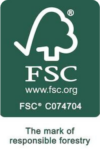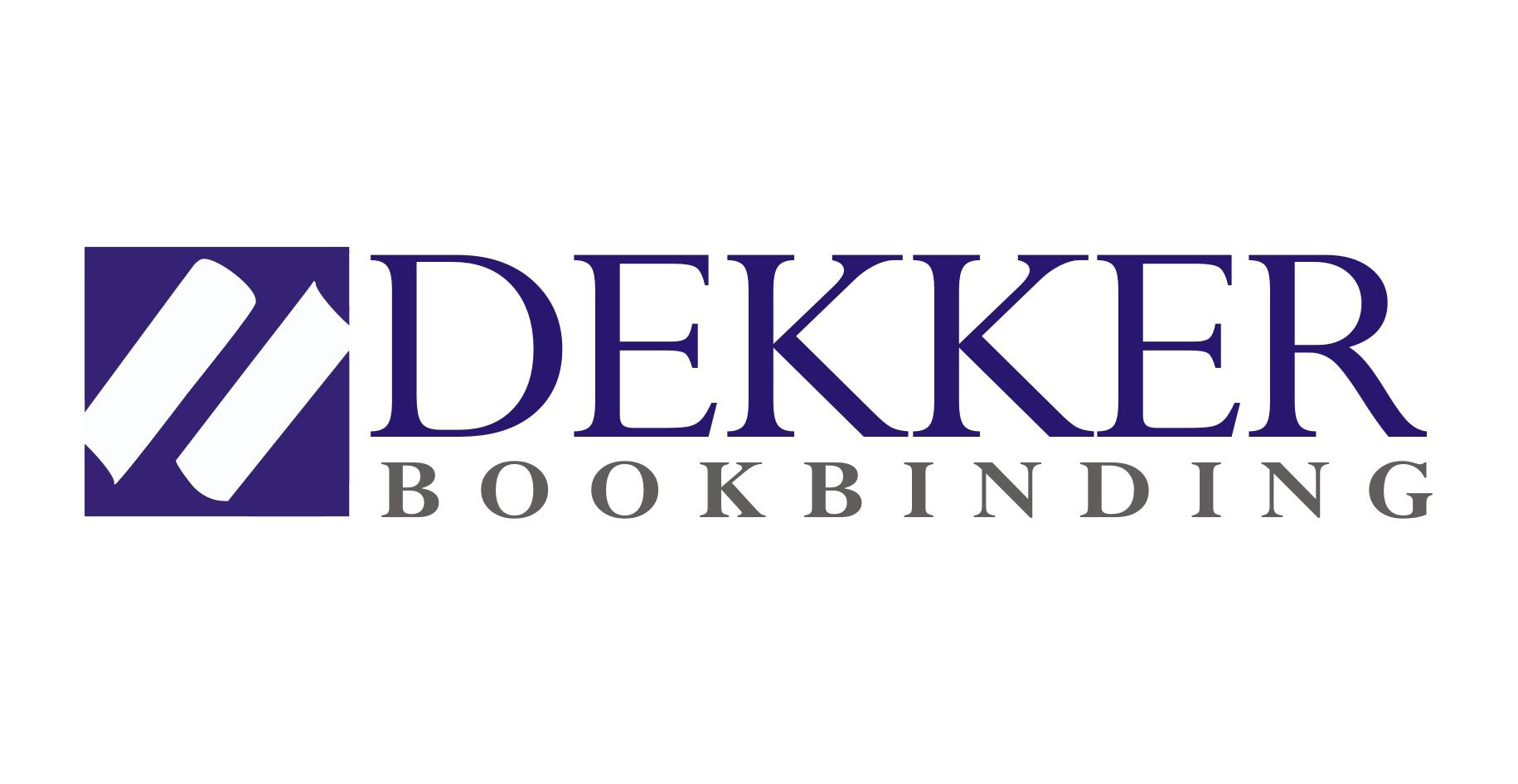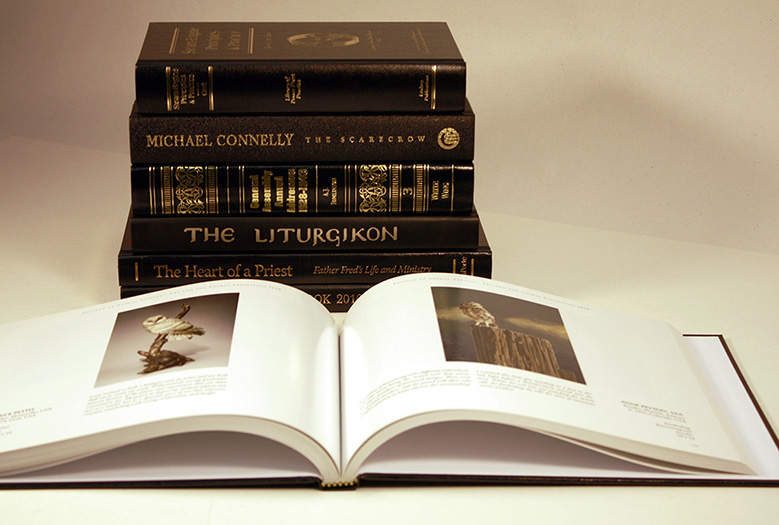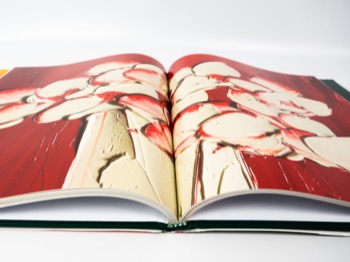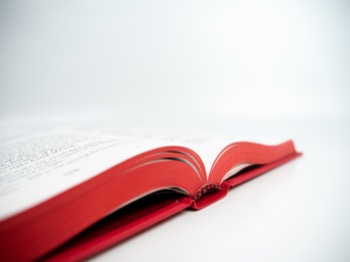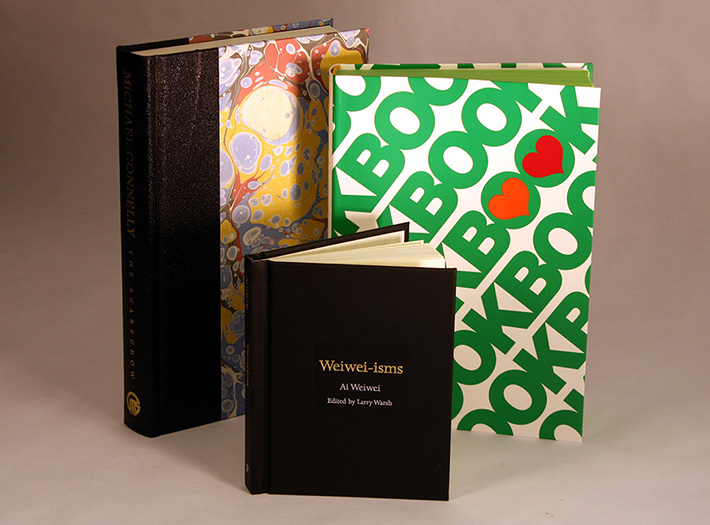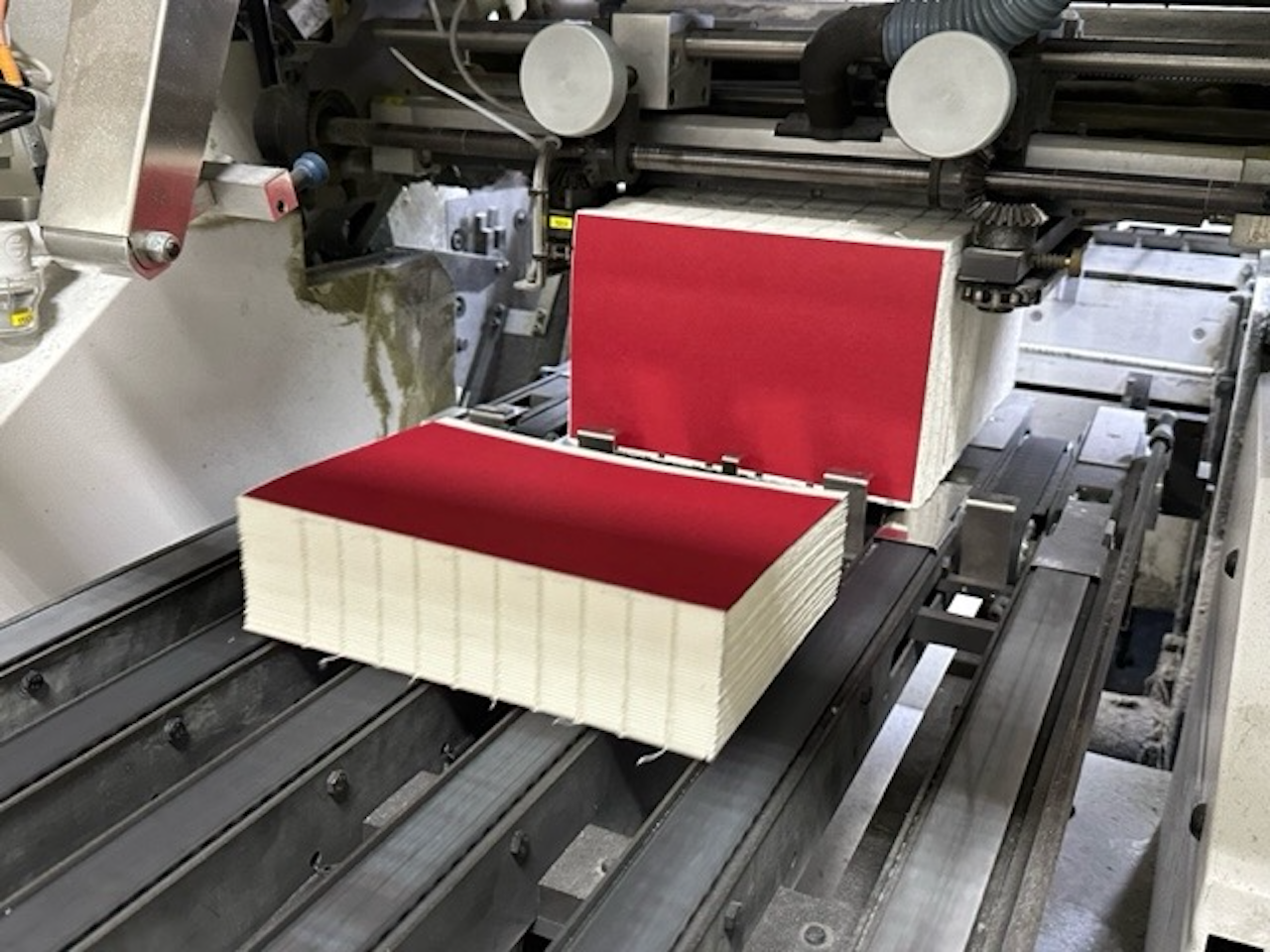
Smyth Sewing
Smyth sewing, also known as section sewing or thread sewing, is a traditional bookbinding technique used to securely bind the pages of a book together. It is considered on of the most durable and high-quality methods of bookbinding.
In Smyth sewing, folded sections of pages, typically called signatures, are individually sewn together using thread. The process involves creating small holes along the folded edge of each signature and then passing a thread through these holes to interlock the signatures together. The thread is typically made of durable materials like cotton, linen, or synthetic fibers.
The sewing process creates a strong, flexible binding that allows the book to open flat, ensuring the pages lie evenly and securely. This makes it easier to read, write, and access the content without the risk of pages coming loose or falling out. Smyth sewing provides several advantages over other binding types:
- Durability
- Flexibility
- Layflat
- Strength and Stability
- Aesthetics
Use Examples:
- High-Quality Premium Books
- Fine Art Books
- Limited Editions
- Collectible Books
- High-End Catalogs
- Textbooks
Our Work
